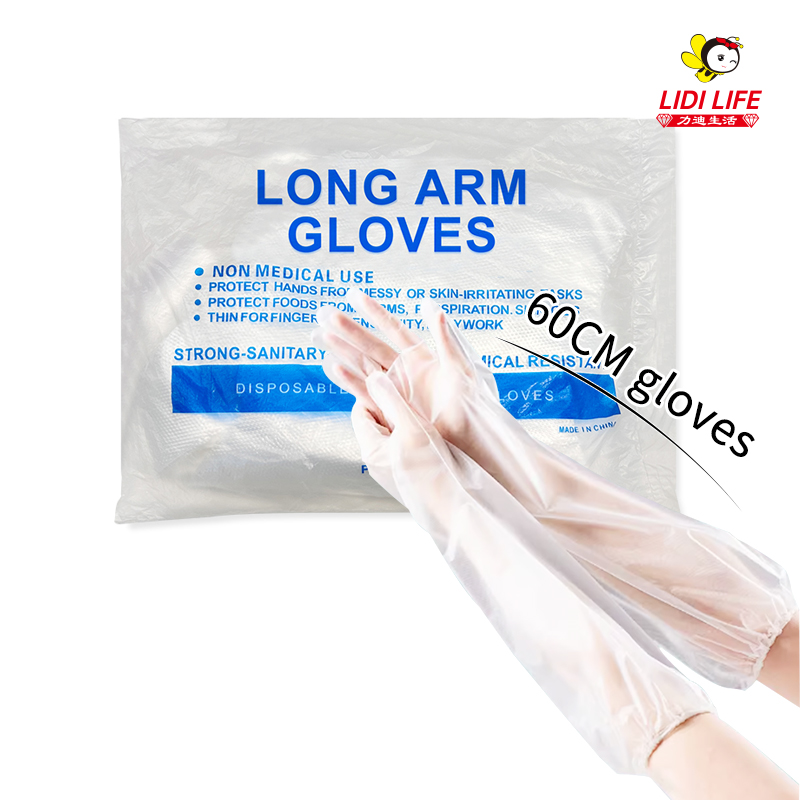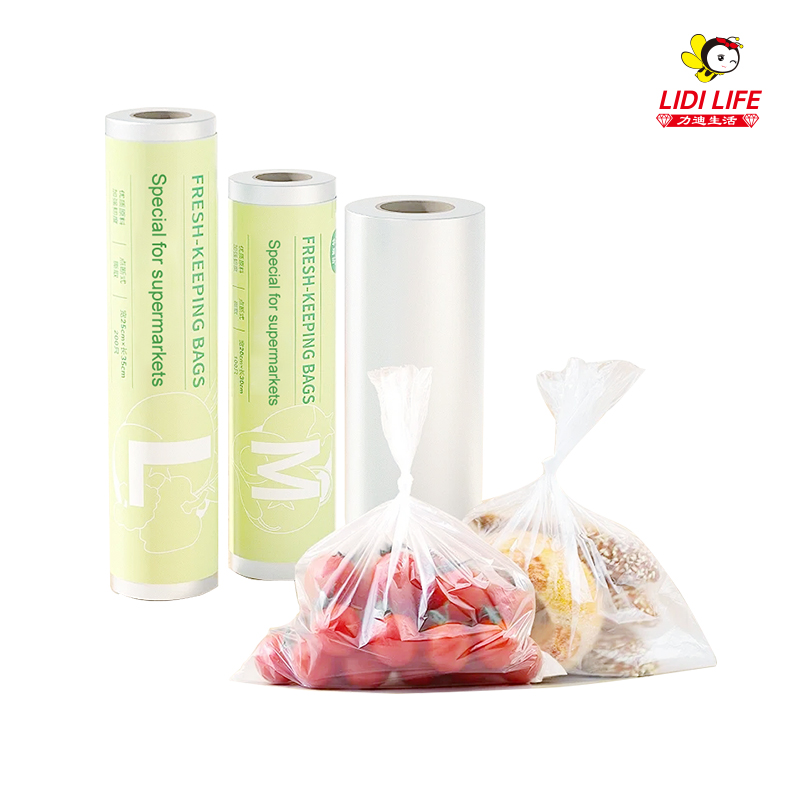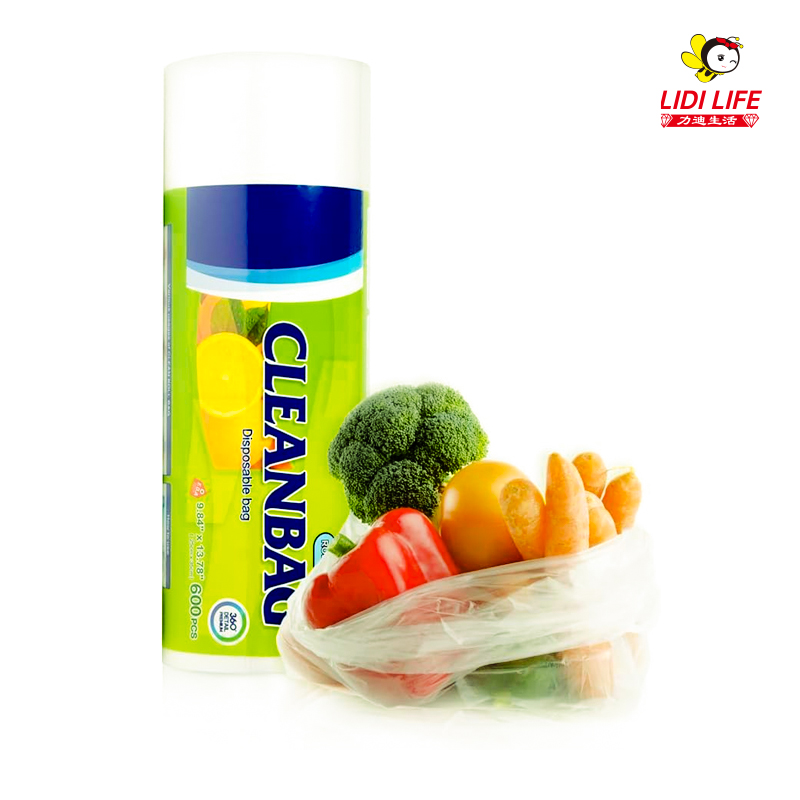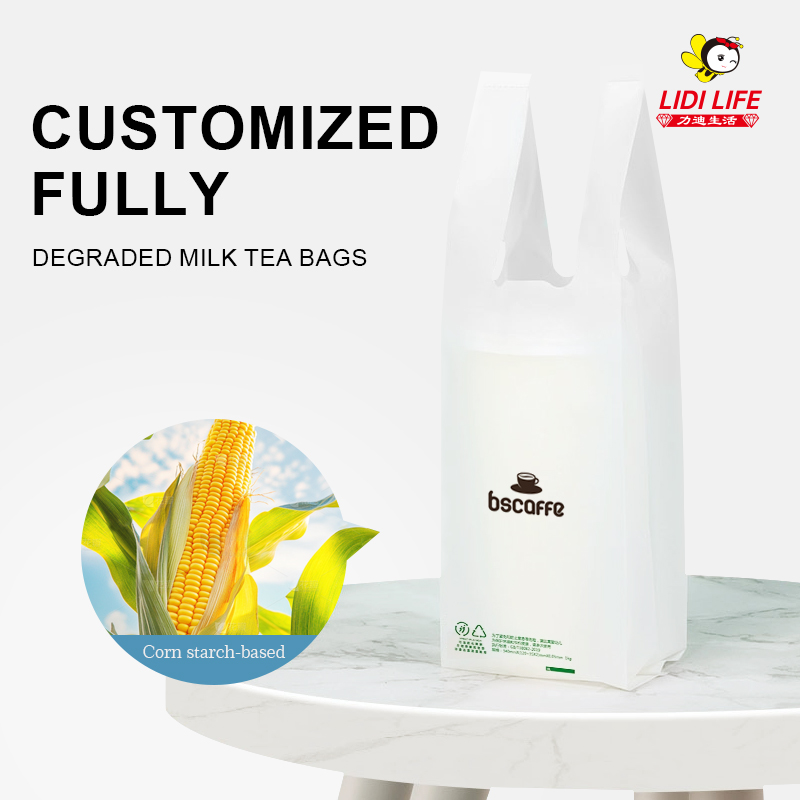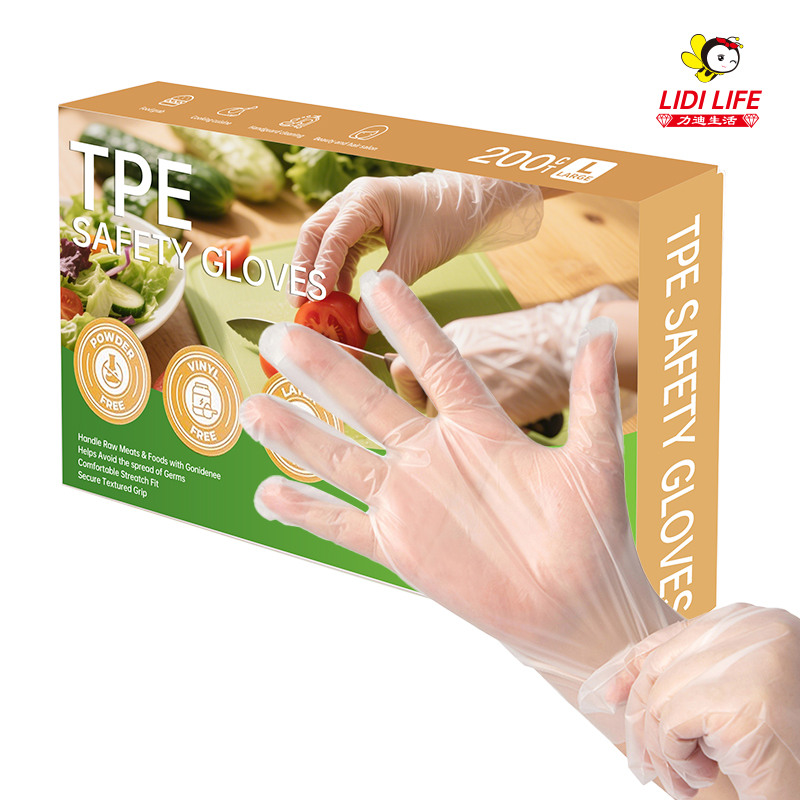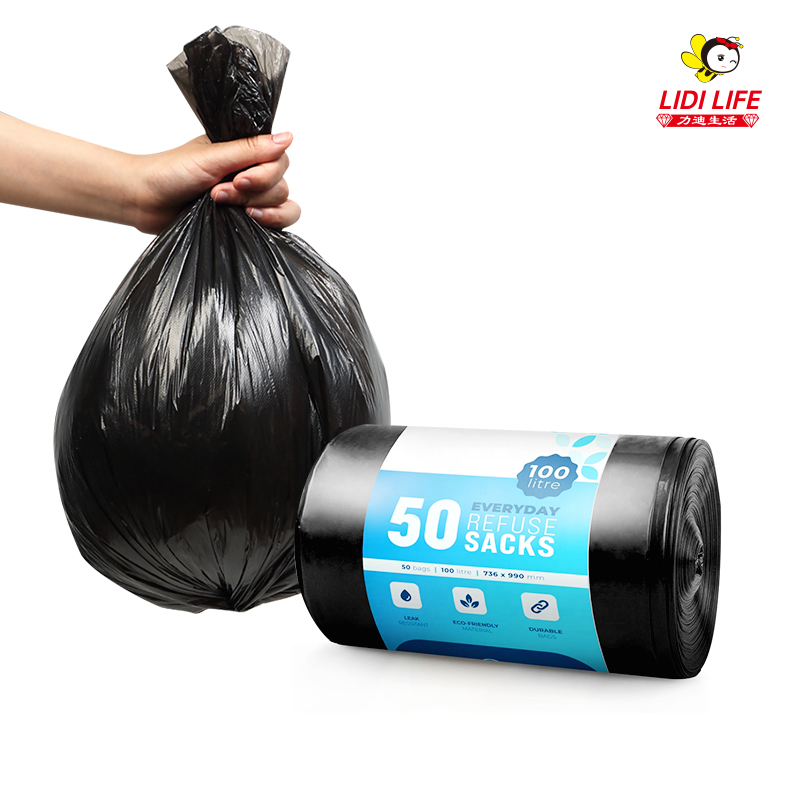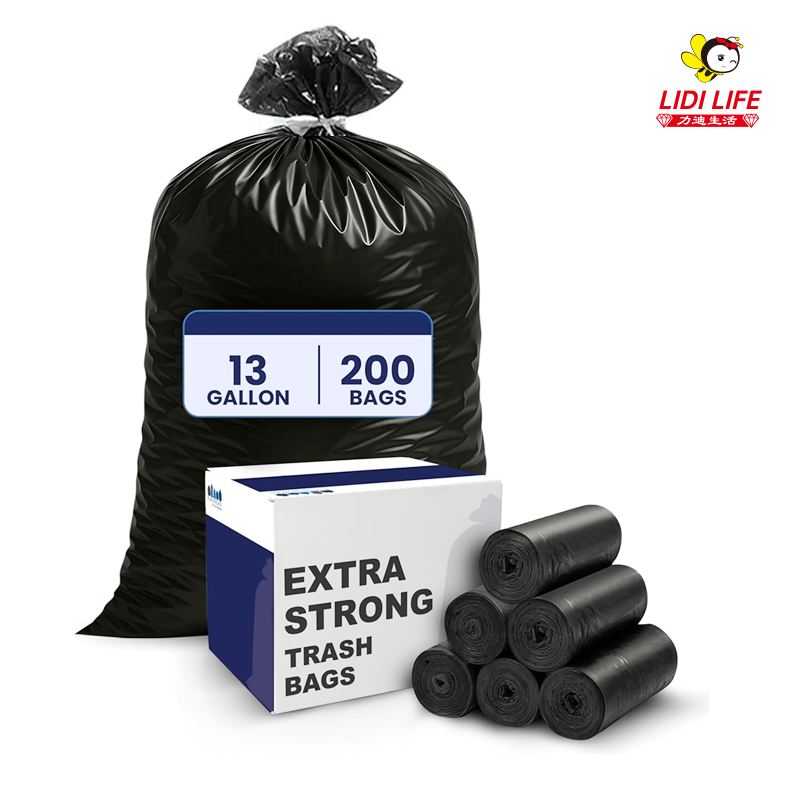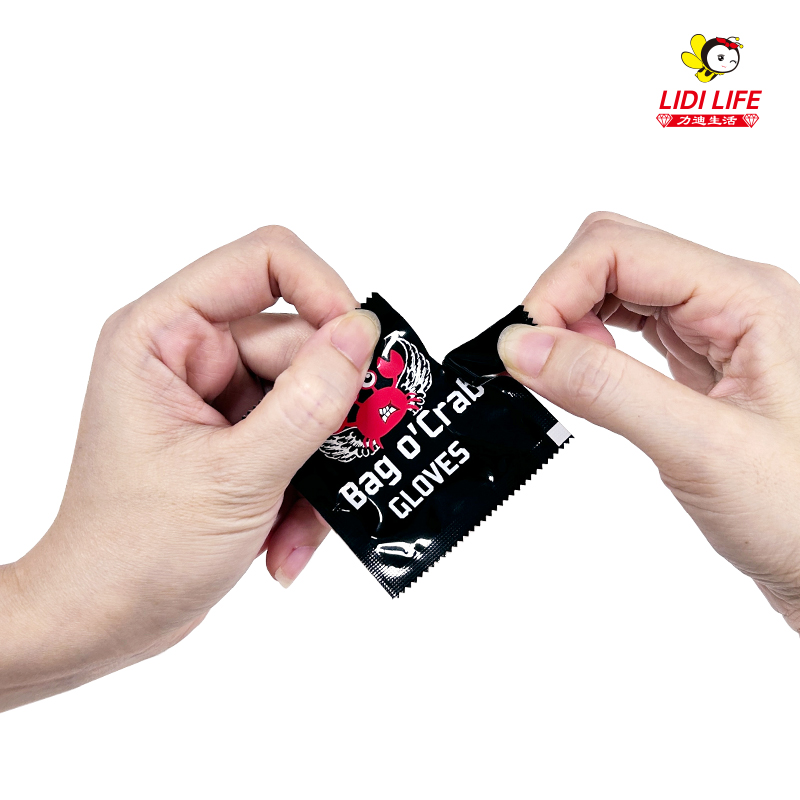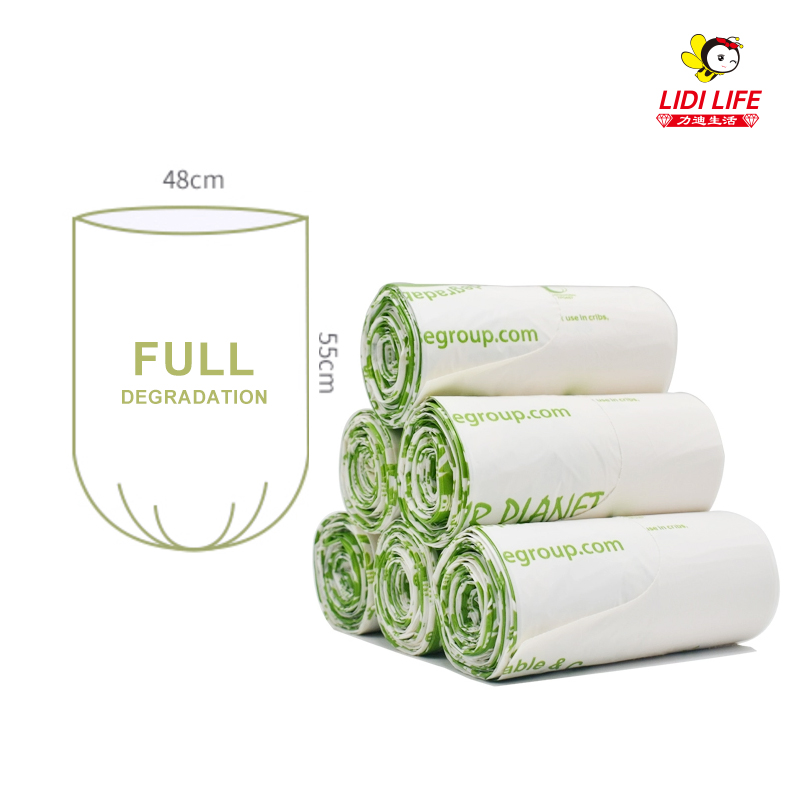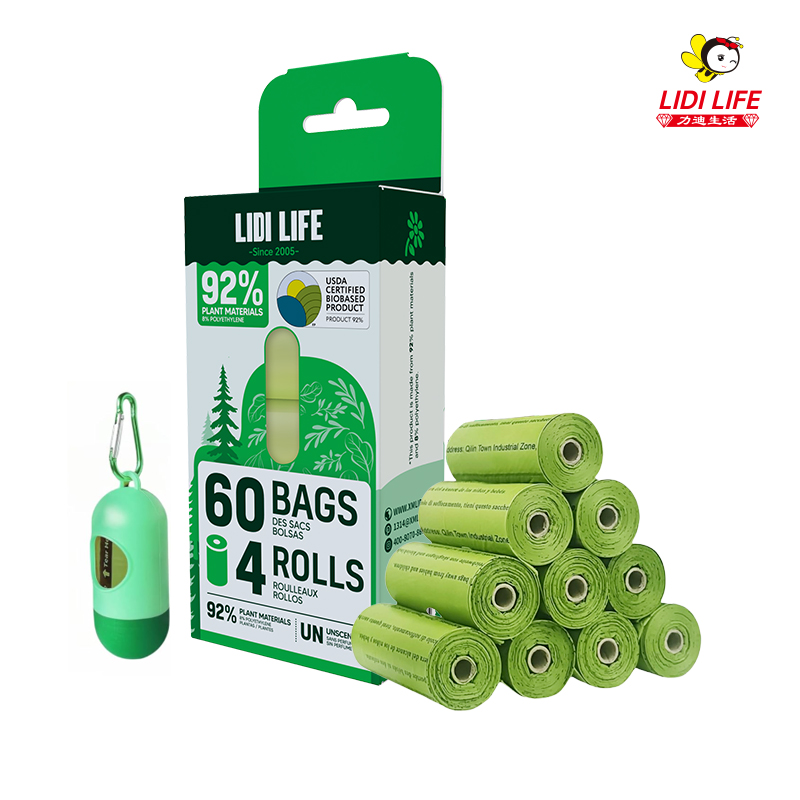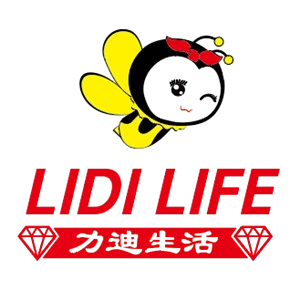As global food systems grow more complex, so do the materials we rely on to preserve freshness, safety, and quality. One material under renewed scrutiny is pvc cling film, which has long been favored for its stretchability and sealing ability. Manufacturers are exploring bio-based versions of pvc cling film to reduce plastic waste while maintaining performance.
Used in nearly every kitchen, food cling wrap provides a quick solution for sealing leftovers, prepped meals, and produce. Despite its convenience, traditional food cling wrap poses challenges for recycling systems, prompting innovation in compostable and plant-based alternatives. Some new versions of food cling wrap are even microwave-safe, increasing functionality without environmental trade-offs.
In both home and commercial kitchens, clear food wrap allows cooks to identify contents easily without unwrapping containers.Modern clear food wrap also offers anti-fog features and improved elasticity. The next generation of clear food wrap aims to maintain visibility while switching to more eco-conscious materials.
For frozen storage, materials like freezer plastic wrap must withstand extreme cold without tearing or becoming brittle. Current innovations in freezer plastic wrap focus on durability, breathability, and recyclability. With food safety regulations tightening globally, improved freezer plastic wrap helps maintain product integrity from factory to freezer to table.
Large-scale food operations often turn to catering cling film, which offers wide-format coverage and fast application. Catering cling film is essential in hotels, hospitals, and event catering environments. Efforts are underway to develop catering cling film that degrades faster in composting conditions, without compromising on strength or clarity.
Researchers have found that by improving wraps like pvc cling film, the shelf life of fresh produce can be extended significantly. Upgrades in food cling wrap also include better sealing against bacteria, which can benefit both public health and flavor retention.
In professional kitchens, chefs often rely on clear food wrap when organizing ingredients for large batches. Wrapping trays and containers with clear food wrap helps improve workflow while maintaining hygiene standards.
Climate concerns are also influencing how freezer plastic wrap is manufactured. Some companies now use renewable energy sources and carbon-offset methods in production. By replacing petroleum-based components, freezer plastic wrap is becoming a cleaner part of cold chain logistics and food preservation.
High-volume caterers appreciate the performance of catering cling film when handling dozens or even hundreds of servings. Whether covering buffet trays or sealing large prep containers, catering cling film plays a critical role in operational efficiency.
As demand for greener materials grows, traditional tools like pvc cling film must evolve. Whether wrapping vegetables at home or preparing dishes for thousands, the science behind food cling wrap, clear food wrap, freezer plastic wrap, and catering cling film is advancing rapidly.


